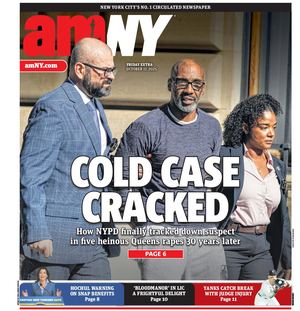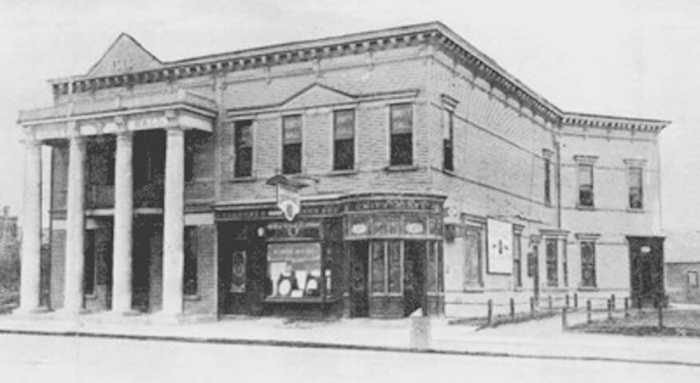
The news erupted in early January when Mayor Bill de Blasio made a federal transit benefit mandatory for many New York City businesses. But coverage didn’t always explain how the program actually works.
With the deadline for employers to provide it for their workers set for July 1, it’s time to buckle down and learn how it functions.
A history
The benefit was established by the federal government in the early 1990s, and President Barack Obama last year raised its cap from $130 to $255.
This means that employees around the country can use up to $255 of their pre-tax earnings to pay for commuting expenses. The amount applies separately to parking and public transportation, and employees may use both.
On Jan. 1, the New York City government made the transit — but not the parking — portion of the federal benefit mandatory for employers with 20 or more non-union employees.
How it works
The benefit is similar to health insurance or a 401K in that it is offered through a third-party provider, such as TransitChek, which is owned by WageWorks.
Through TransitChek and similar providers, an employer purchases prepaid credit cards or MetroCards that are equipped with up to $255 a month per employee, and then reimburses itself from its employees’ pre-tax salaries.
Employer hesitation
Thousands of New York City employers still don’t offer the program, according to Dan Neuburger, president of commuter services at WageWorks.
“A couple of years ago we found out that only 25% of small companies in New York City even know the benefit exists,” he said. “So that’s a big problem.”
One reason why: There is a misconception that the benefit costs employers money, as it did in the federal program’s early days when it was a fringe benefit paid for by employers, Neuburger said. But today the commuter benefit saves employers 7.65% in payroll taxes for employees who make less than $118,500 a year, under the federal law.
Companies may also not offer the program because they feel they don’t have the manpower to keep track of the commuter benefit ledger on top of their other duties, added Eric Hananel, a Manhattan-based tax principal at UHY Advisors, which offers the benefit to its employees through TransitChek.
“It was an administrative responsibility on the part of the employer and so they chose not to provide the benefit,” he said.
Usually, an administrator buys six- to eight-months’ worth of MetroCards or prepaid credit cards at a time to provide to its employees, and fronting that expense requires some rearranging of the books, added Adam Baruch, a CPA at Melzer & Associates in Manhattan and chairman of the state Society of CPAs’ Small Business Outreach Committee.
But budgeting is “simply part of running a business,” Baruch said.
Added perks
There are non-monetary benefits to the program, too.
“Your employee saves money so it increases their morale,” Baruch said. “The employee looks at it like, oh, you are looking out for me.”
Philip Lang, who co-founded the Manhattan-based real estate brokerage TripleMint.com, said that’s one of the biggest rewards of offering the benefit to his employees. The company already gives MetroCards to its 40 commuting employees, but it has also offered the tax benefit since January 2014 to anyone whose commute requires another form of transit.
“Our employees like the ability to save money on their transit and it definitely contributes to positive morale around the office,” Lang said. “I thought [transit benefits] were standard at all companies.”







































